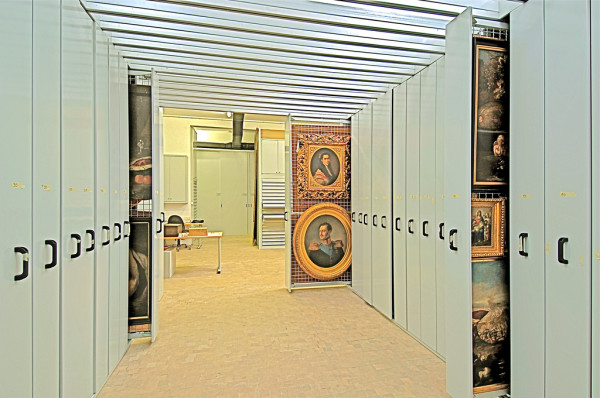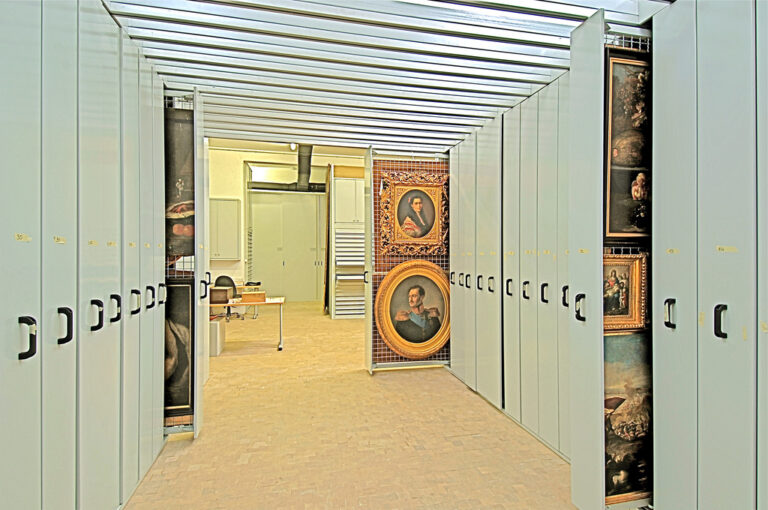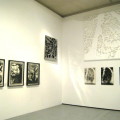Technology has changed the way we think about space – it has taken on a new meaning, physical limits have become arbitrary and a notion of ‘unlimited’ space, inconceivable sweeping vistas of virtual plains unspool before us. Paradoxically, these spaces are contained within subterranean skeins of cables, minute flashing memory sticks and mysterious, otherworldly clouds.
With ever-expanding understandings of space come ever-expanding understandings of exhibitions. Exhibitions morphed into happenings quite radically in the 1920s and the shift in the 1960s which saw the public become part of a piece in the form of performance art wasn’t without its opponents. However, as with banking, car sales, lectures and seminars, cinema and just about anything else you can imagine, the internet has seamlessly absorbed art exhibitions into its existence. You are, after all, reading this online right now.
The British Library and the Fitzwilliam Museum have taken the baton with verve and are paving the way for big institutions showing their collections online. Smaller independent spaces are also extending into the cosmos but, more importantly, the trend for online (or virtual) exhibitions has widened the scope for practitioners, too.

Online collections, with a large overarching theme (such as Alice Bradshaw’s Museum of Contemporary Rubbish) give an artist an opportunity to exercise their critical, editorial and curatorial skills, to hone the art of selection and to cast an eye over their work as a series outside the bubble of the studio.
Some of the benefits of working online are obvious: the hassle of sourcing a location, installing work, invigilating the exhibition, transporting everything to and from set up – are all, along with their costs – gone. But some less obvious advantages arise from displaying your work online…
It puts you in the position of auteur while at the same time revealing your work to criticism; you can change and adapt as comments are made. The decisions you making concerning the specific works you put up are public but they are by no means final. Websites and hosting spaces cater for and accommodate this type of online art exhibition. In a nutshell they are glorified portfolios and the ‘info’ tab doubles up for an exhibition essay. The most exciting aspect of this type of display is precisely that it is online! Collectives, disparate groups of artists working across continents and time zones can come together and show side by side.
Advertising Exhibitions, when it was still a functioning exhibiting body, held an open call to host an online art exhibition which expanded into a series of events for artists. The response was extraordinary and artists really responded to the idea of getting their work out there in new ways, within a context that buttressed the images, not merely isolating them online. The Royal Academy has recently taken up this open call method for showcasing the work of A-level students in their ‘Summer Exhibition Online’ – a novel take on the classic salon which just goes to show to what extent the internet has absorbed and magnified even the mainstay of artistic practice.







